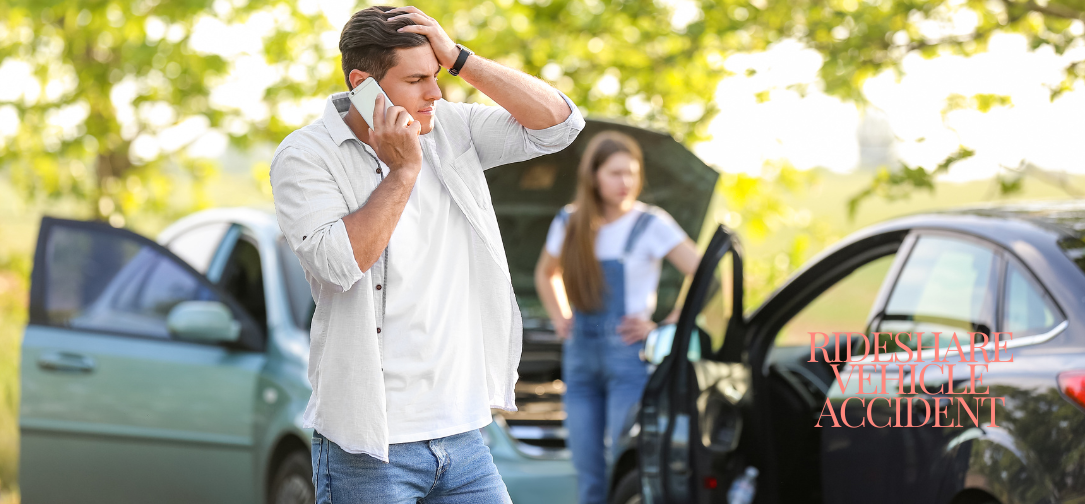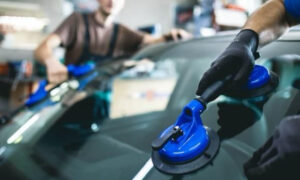Ridesharing services like Uber and Lyft have revolutionized the way we travel, providing convenience and affordability at the tap of a screen. However, as with any mode of transportation, accidents can and do happen. Understanding what to expect and the steps to take if you find yourself in an accident while using a rideshare service is crucial for ensuring your safety and protecting your rights.
Immediate Steps To Take After A Rideshare Accident
1) Ensure Safety First: Your primary concern should always be safety. Check yourself and others for injuries and move to a safe location if possible. If anyone is seriously injured, call the police and paramedics immediately.
2) Report the Accident: Notify the rideshare company about the accident through their app. Both Uber and Lyft have built-in features for reporting accidents and incidents.
3) Gather Information: Collect information from all parties involved. This includes:
- Names, phone numbers, and addresses
- Insurance information
- Vehicle details (make, model, license plate)
- Names and contact information of any witnesses
4) Document the Scene: Take photos of the accident scene, vehicle damage, and any visible injuries. This documentation can be vital for insurance claims and potential legal action.
5) Seek Medical Attention: Even if you feel fine, some injuries may not be immediately apparent. It’s important to get a medical evaluation as soon as possible.
Understanding Rideshare Liability and Insurance
Rideshare accidents can be complex when it comes to determining liability and insurance coverage. Here’s a breakdown of how it generally works:
1) Driver’s Fault: If the rideshare driver is at fault, their insurance (both personal and the rideshare company’s policy) should cover the damages. Uber and Lyft provide liability coverage for their drivers, which typically includes:
- $1 million in third-party liability
- Uninsured/underinsured motorist coverage
- Contingent comprehensive and collision coverage
2) Other Driver’s Fault: If another driver is at fault, their insurance should cover the damages. However, the rideshare company’s insurance may still provide additional coverage if the other driver is uninsured or underinsured.
3) Rider’s Rights: As a passenger, you are generally covered under the rideshare company’s insurance policy. You have the right to file a claim with the rideshare company, the at-fault driver’s insurance, or both.
Legal Considerations
1) Consult an Attorney: If you’re injured in a rideshare accident, consulting with a personal injury attorney can be beneficial. They can help navigate the complexities of insurance claims and ensure you receive fair compensation.
2) Statute of Limitations: Be aware of the statute of limitations for filing a personal injury claim in your state. This is the time limit within which you must take legal action or you may lose your right to recover compensation.
Conclusion
While rideshare services are a convenient transportation option, accidents can and do happen. Knowing what steps to take immediately after an accident, understanding your rights, and seeking appropriate medical and legal assistance can make a significant difference in the outcome. Stay informed and stay safe on the roads.



































